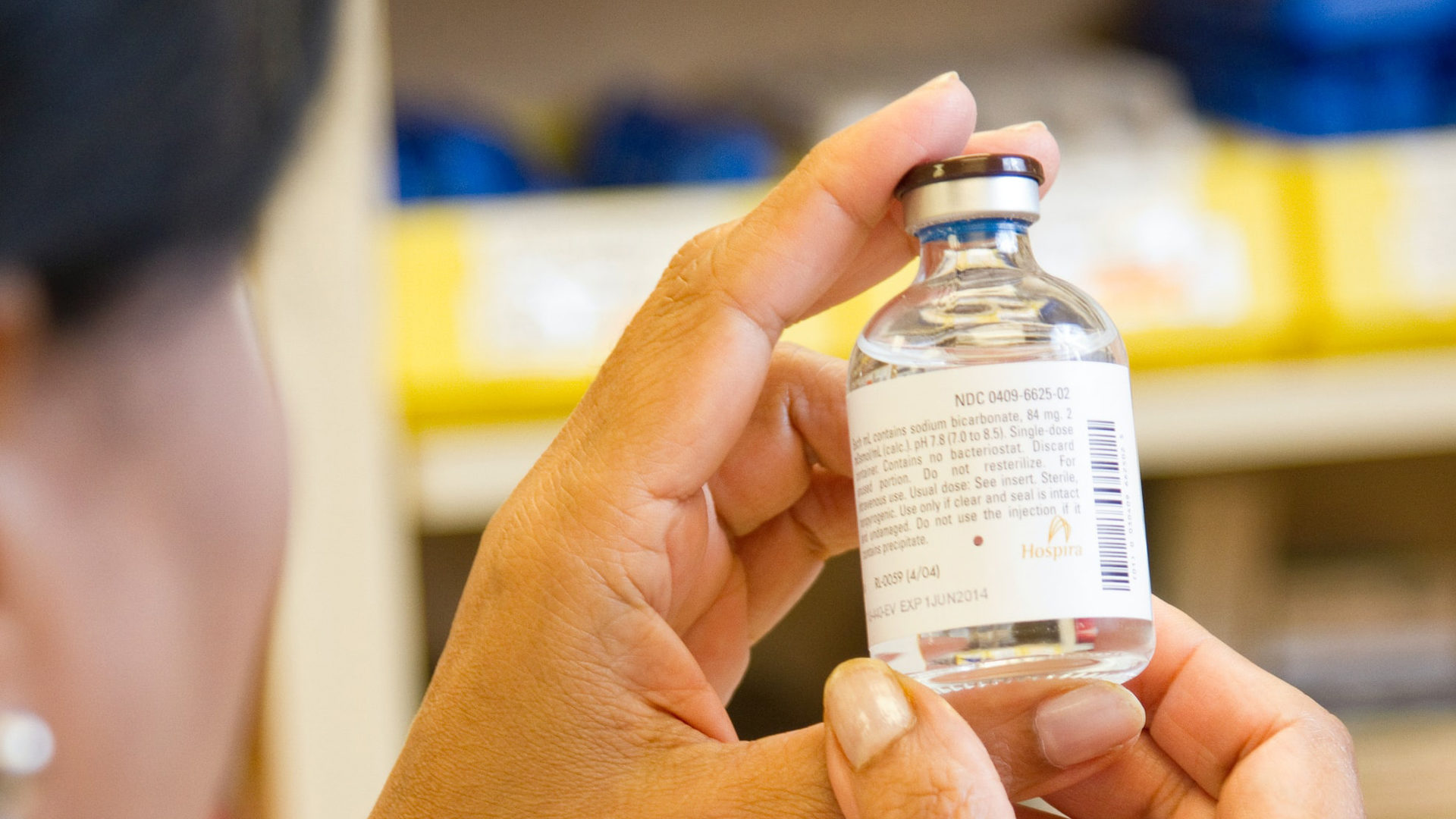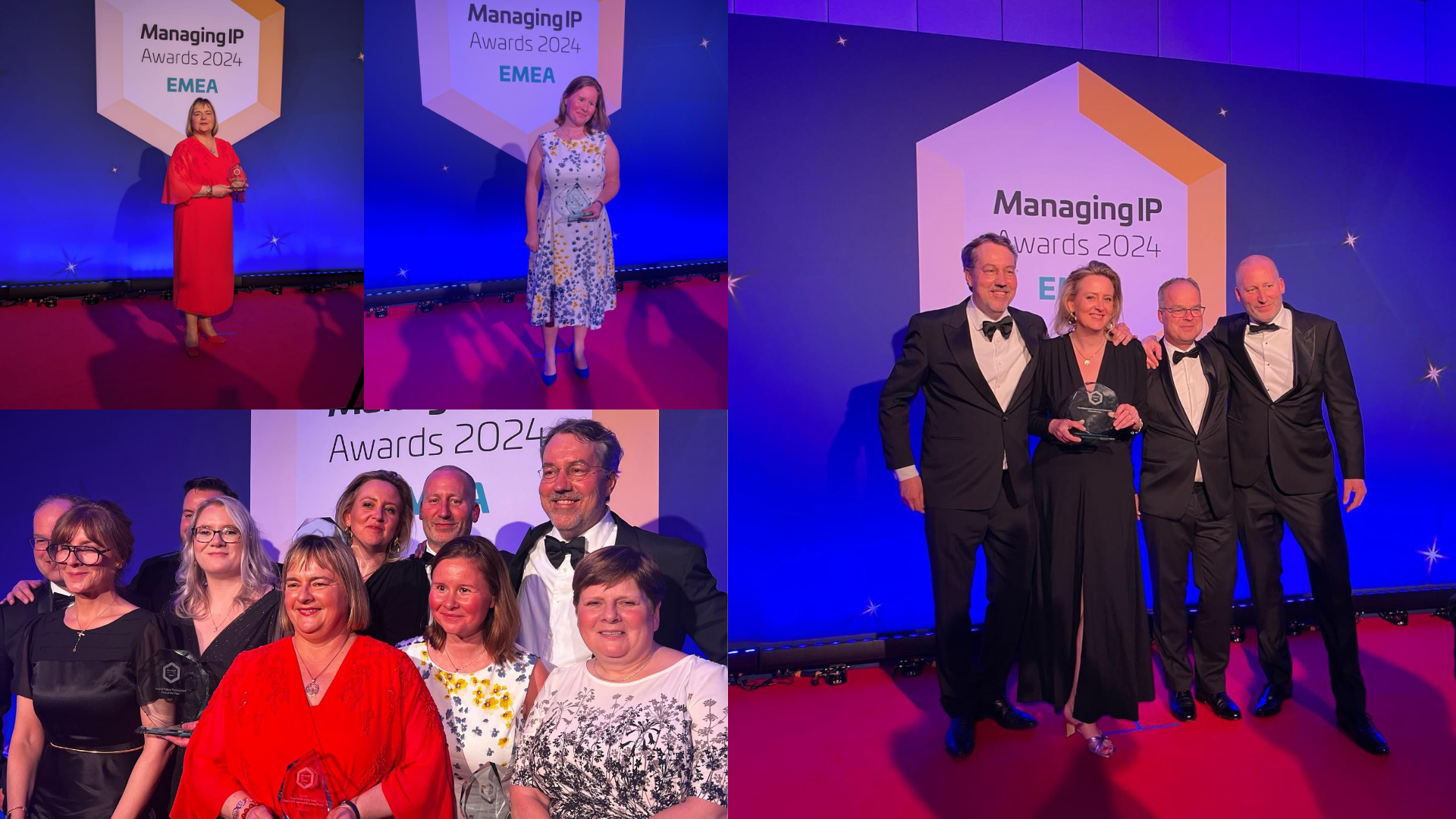Healthcare Scanner
How do you intend your software/app to be used?
Juni 2021
Is your software/app a medical device?
For over 10 years now, software used for medical purposes might be classified as a medical device under EU law. The rules were initially laid out in 2007[1] which amended the earlier Directives dealing with medical devices[2] and in vitro diagnostic medical devices[3] with guidelines adopted in 2012 and revised in 2016[4]. With the advent of the new Medical Devices Regulation[5] (MDR) and In Vitro Diagnostic Medical Devices Regulation (IVDR)[6], replacing the previous Directives, it has been interesting to understand the current regulatory position.
Guidance has been issued by the EU on medical devices, including in late 2019 on the qualification and classification of medical device software (MDSW) under MDR and IVDR[7]. We also now have the new flowchart issued in Mar 2021 by the EU[8] setting out decision steps to assist qualification of MDSWs. Updated guidance on borderline cases is however still awaited.
Of course, as the MDR and IVDR were not EU law automatically retained by the EU Withdrawal Agreement, the provisions contained within the MDR and IVDR will not be transposed into law or be implemented in Great Britain. The UK government says that it is committed to improving the standards and scrutiny of medical devices that reach UK patients using its wide-ranging powers under the Medicines and Medical Devices Act 2021[9] so it will be interesting to see if they tighten up the medical devices rules as well. British manufacturers looking to sell in the EU will however still have to comply with any higher standards set by the MDR and IVDR.
Qualification
Software is very simply defined as a set of instructions that processes input data and creates output data. If the software forms part of a device, then you simply look to whether the device overall qualifies as a medical device in the usual way.
Both the MDR and IVDR make it clear that software in its own right qualifies as a medical device, when specifically intended by the manufacturer to be used for one or more of the following specific medical purposes:
- diagnosis, prevention, monitoring, prediction, prognosis, treatment or alleviation of disease
- diagnosis, monitoring, treatment, alleviation of, or compensation for, an injury or disability
- investigation, replacement or modification of the anatomy or of a physiological or pathological process or state
- providing information by means of in vitro examination of specimens derived from the human body, including organ, blood and tissue donations and which does not achieve its principal intended action by pharmacological, immunological or metabolic means, in or on the human body, but which may be assisted in its function by such means.
Software must have a medical purpose on its own to be qualified as MDSW. It is the intended purpose as described by the manufacturer of the software which is relevant. So the data:
- supplied by the manufacturer on the label, in the instructions for use or in promotional or sales materials or statements; or
- specified by the manufacturer in the clinical evaluation or in the performance evaluation set out that intended purpose.
Software for general purposes, even when used in a healthcare setting, or software intended for life style and well being purposes is not a medical device. As well as software, the classification criteria also apply to apps, whether on a mobile phone, in the cloud or on other platforms.
Software can directly control a medical device, provide immediate decision-triggering information, or provide support for healthcare professionals. The guidance gives radiotherapy treatment software, blood glucose meter software and ECG interpretation software as examples of each of these types. Software which alters the representation of data for a medical purpose would also qualify as MDSW.
Classification
In simple terms, most software will be classified under MDR as class I. Notable exceptions are:
- Software providing information which is used to take decisions with diagnosis or therapeutic purposes (Diagnosis/Therapeutic Software) and Software intended to monitor physiological processes (Physiological Software) are in most cases class IIa
- Diagnosis/Therapeutic Software where the resulting decisions may cause a serious deterioration of a person’s state of health or a surgical intervention is in class IIb
- Physiological Software intended for monitoring of vital physiological parameters, where the nature of variations of them could result in immediate danger to the patient is class IIb
- Diagnosis/Therapeutic Software where the resulting decisions may cause death or an irreversible deterioration of a person’s state of health is unsurprisingly in class III
- Under IVDR, if the software is independent of any other device, it is classified in its own right. However, if the software is exclusively intended to drive or influence the use of an instrument intended to be used for in vitro diagnostic procedures, it is classified in the same class as the instrument.
Conclusion
The classification of a medical device is always a tricky process and particularly so for software. So you should always seek specialist regulatory advice as early as possible. The guidance does help the layman though by providing examples which can help you understand where your device is likely to sit.
[1] Medical Devices Directive 2007/47/EC
[2] Medical Devices Directive 93/42/EEC
[3] In Vitro Medical Diagnostic Medical Devices Directive 98/79/EC
[4] MEDDEV 2.1/6
[5] Regulation (EU) 2017/745, implementation date 26 May 2021
[6] Regulation (EU) 2017/746, implementation date 26 May 2022
[7] https://www.medical-device-regulation.eu/mdr-guidance-documents/
[8] https://ec.europa.eu/health/sites/health/files/md_sector/docs/md_mdcg_2021_mdsw_en.pdf
[9] https://www.legislation.gov.uk/ukpga/2021/3/enacted
[10] Annex VIII of MDR and Annex VIII of IVDR
This update was prepared by HGF Partner Janet Knowles.
































